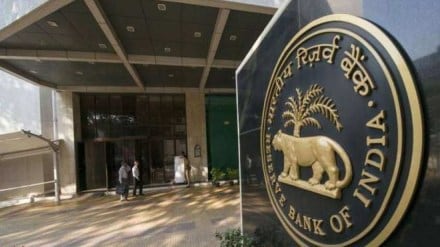By front-loading easing measures, including a surprise 50-basis point (bps) cut in the repo rate and a 100-bps cut in the cash reserve ratio (CRR), the Reserve Bank of India (RBI) is clearly hoping to speed up transmission by pushing banks to lower interest rates and to lend more. The cost of money needs to fall to revive both consumption and investment and also to ensure that the demand for credit sustains. So far much of the transmission has taken place in the money markets where rates at the shorter end have come down. Indeed, RBI Governor Sanjay Malhotra’s observation that the transmission of previous cuts is not “perceptible” is not encouraging though he did say that it has been faster than in the past. That is probably because liquidity in the system has been in surplus mode for some months now. The interest rate cuts have, however, been faster for fresh deposits than for loans. Moreover, loan growth has slowed sharply to around 9% and lending to some sectors has even contracted. By lowering the SDF or standing deposit facility rate to a much more unattractive 5.25%, the RBI is hoping to kill lazy banking.
The central bank deserves credit for its decisions. As the governor has admitted, there is no more room to act in the current scenario since the global environment is tricky and local inflation will spike to 4-4.5% next year on a low base. That’s the reason the stance has been reversed to neutral — a signal to the bond markets it could possibly be an extended pause hereafter. Meanwhile, the 100-bps cut in the CRR will free up some `2.5 lakh crore of funds on which banks were not earning anything. It will soften the blow from the repo rate cut given 50-55% of system loans are benchmarked to an external rate and will be re-priced immediately.
Moreover, the lower CRR, which will take effect in a staggered fashion starting September, will ensure liquidity is not in short supply when the RBI sterilises the $40-45 billion of FX swaps later in the year. Critically, it will also help rein in the cost of borrowing for the government. While the RBI has taken care of system liquidity for the next few months, it may need to infuse more toward the end of FY26. The good news for banks is that assuming a money multiplier of 3x, the additional liquidity can help boost their deposit growth by about 200-300 bps over the medium term. The question is whether Friday’s measures will lower the cost of credit and create demand for loans. There are no signs that private sector capex is picking up anytime soon and consumer demand remains subdued. Also, the news on the hiring front is not encouraging with large corporations pruning their workforces. In Q4FY25, GDP grew at 7.4% but private consumption grew at 6% and its share of the economy slumped to 53% from 60% in the previous quarter.
As Governor Malhotra noted, monetary policy is a necessary but not sufficient condition for loan growth, and the appetite and demand will also play a part. It is telling that the RBI, while lowering its inflation forecast to 3.7% from 4%, left the GDP growth projection unchanged at 6.5%. But the RBI has more than walked the talk, especially on liquidity while the government has done its bit with tax breaks. Now corporate India must step up to the plate.
